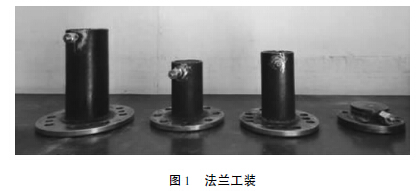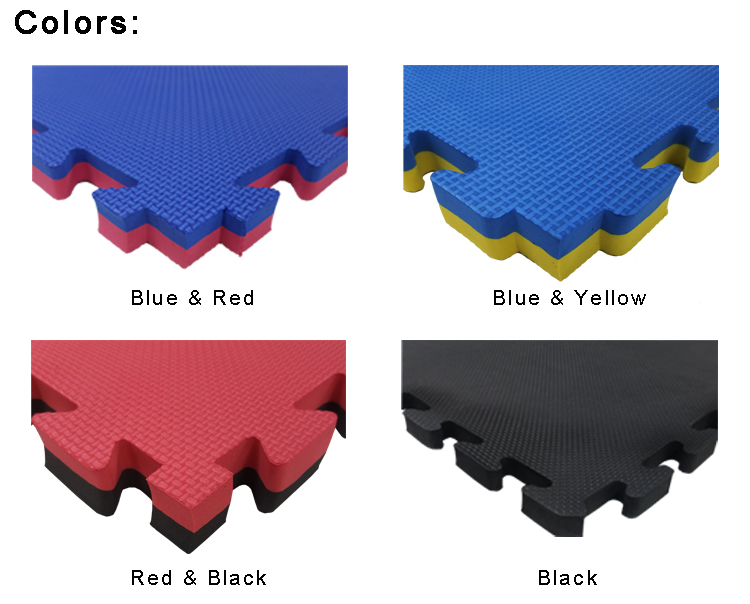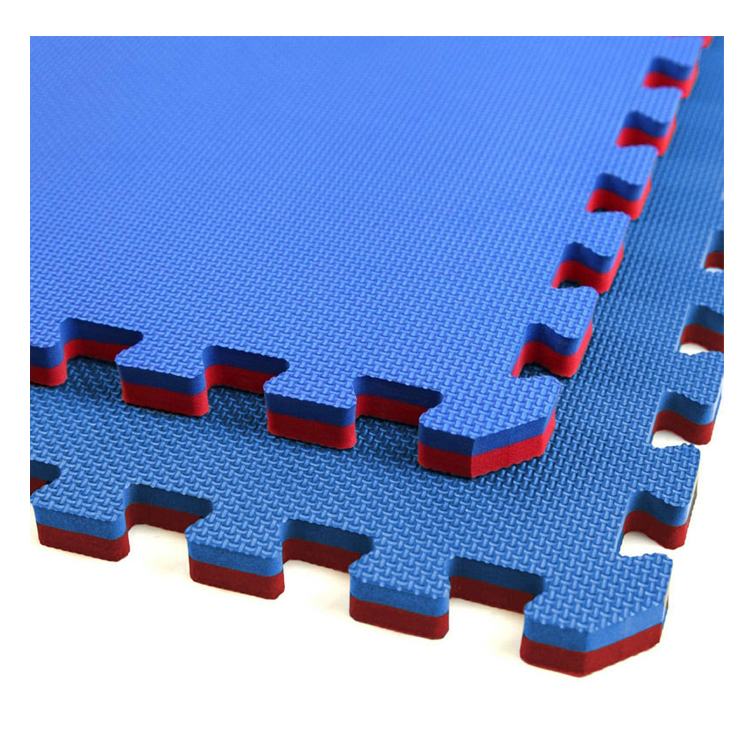The accuracy of the measurement is very important for the production of the oil field. It can not only improve the benefits but also control the loss. Accurate metering requires the use of standard equipment. Ordinary pressure calibration devices occupy a large space, have high errors, and are cumbersome to operate. They can only meet the requirements of laboratory inspections, fail to meet the verification tasks of a single flange level transmitter in the field, delay the verification cycle, and affect the production tasks of the oil field. , And the verification of this type of instrument is in accordance with the approval of the “Quality of Liquid Level Gauge Verification†approved by the General Administration of Quality Supervision, Inspection and Quarantine, and there is no single flange level transmitter verification procedure. In order to better solve the problems existing in the single-flange level transmitter verification device, our station analyzes the defects of the existing devices and optimizes, upgrades and redesigns the existing verification devices based on economical and practical principles. Through the transformation to meet the verification requirements of oilfield and social single-flange liquid level transmitters, and to increase the liquid level measurement level in Tuha Oilfield.
1. Single-Flange Level Transmitter Measuring Principle The principle of a single-flange level transmitter belongs to the static pressure measuring principle. The relationship between the static pressure P at a certain point in the container and the depth H of the measured liquid is:
P = HÏg
In the formula: Ï—the density of the liquid.
According to Pascal's law, the pressure generated at the bottom of a fluid is only related to its own density and height. Under certain conditions, the medium density Ï is approximately constant. The single-flange level transmitter consists of a sensitive pressure-sensing diaphragm in contact with the process media, a remote pressure capillary filled with pressure-conducting silicone oil, a differential capacitive sensitive load cell, and an electronic amplification converter. The single flange liquid level transmitter is used to monitor the liquid pressure in the container or pipeline through the positive and negative pressure side capsules of the transmitter, and then pass through the capillary to the differential capacitance sensitive load cell to detect the liquid level. Differential pressure changes to achieve liquid level measurement.
2. Improvement and upgrade design of the verification device The national verification agencies do not have a separate single flange level transmitter verification device. As a result of the Xinjiang Uygur Autonomous Region Institute of Metrology independently producing a set of single-flange level transmitter verification device, at the end of 2009 I stood in the Institute of Metrology Research Institute during the investigation found that this set of verification devices for different media level transmitter Can not be unified verification, and the verification process is cumbersome and errors, can not meet the needs of on-site verification, so I stood in 2010 to create a set of data accurate, easy to operate, can meet the site of different media types of single flange liquid level transmission Certifying device.
In the second quarter of 2010, a set of pressure-recovery devices (flange tooling) was independently produced and the new verification device was commissioned at the end of June. On July 10, two single-flange level transmitters were sent to the Autonomous Institute of Metrology for comparison, and the data of the comparison table was installed on August 18, with good results.
2. 1 Verification of the design of single-flange liquid level transmitters for different media types A liquid tank was required for the previous device composition. For different media types, a single flange liquid level transmitter was to be replaced with a different liquid medium for verification. This brought great inconvenience to the statute.
For example, a liquid level sensor for measuring the liquid level of a water tank and a liquid level transmitter for measuring the liquid level of a tank are simultaneously sent for inspection. According to the original device, we need to fill the liquid tank to complete the level transmitter to determine the liquid level of the tank, then replace the medium and test another level transmitter. This method is time consuming and wasteful, which brings great inconvenience to the verification.
Our optimized design is: Improve the original liquid medium test to be hand pressure pump pressure check and pressure calibrator check, and the device is simple to produce and accurate.
The measurement model for a single flange level transmitter is H = (P positive-P negative) / Ïg. When the medium density Ï and the gravitational acceleration g are determined, the height of the liquid level is proportional to the pressure difference P positive-P of the uniform depth. Therefore, the pressure generated by the standard pressure generator can be used to simulate the actual liquid level, while recording the indication of the liquid level meter for verification; if the liquid level transmitter and the liquid level display meter can be independent, they can also be individually verified: Some of them can be done with reference to JJG 882-1994, and the display instrument part can refer to JJG-1996.
The device consists of a smart digital pressure tester CST2005, a pressure pump 1006, four pressure modules, four sets of flange fixtures, a HART275 communicator, and a pressure transmitter position adjustment system.
2. 2 Design of different flanges and different types of flange level gauges for laboratory verification We found in the verification process that many types of liquid level transmitter flanges introduced by many units have different flange types and sizes, which cannot be effectively paired. After optimizing the device, we have designed different flange fixtures and matched the appropriate flange fixtures according to the flanges of different sizes to achieve the verification requirements and reduce the errors caused by unsuitable flange fixtures. Flange tooling as shown in Figure 1: 
2. 3 Realization of on-site online verification requirements for flange level gauges Due to the inability of previous liquid level verification devices to facilitate on-line verification, many level transmitters in the oil field cannot be validated in a timely and effective manner, and the currently running level transmitter is disassembled. Inspection will also affect the production of oil fields.
If the single flange level transmitter is removed from the container and sent to the laboratory for calibration, a lot of preparation must be done in advance. These preparations not only increase the workload of instrument maintenance personnel, but also consume a lot of manpower, material resources and man-hours.
In this retrofit, we designed to use the hand-held pump (feed pressure device) and flange tooling (pressure-receiving device) in conjunction with the method of reading the upper and lower return errors on the pressure calibrator. The digital pressure gauge is easy to carry and battery powered. It can be sent to the site without pressure transmitters for verification. However, some people need to assist in the data recording. By manually pressing, the operation is convenient, and the two can complete operations and data records, and solve the problem. Level transmitter calibration problems.
2.4 Realization of laboratory simulation of single-flange liquid level transmitter in the laboratory. When verifying double-flange level transmitters in the laboratory, it is necessary to know the position and height of the two flanges. After the zero point migration of the level transmitter, the verification can only be carried out. After the inspection, the oil extraction plant needs to relocate the installation and re-zero the migration. Individual maintenance personnel will directly use it and ignore the zero point migration, which will result in inaccurate level measurement data. Another method is to lift one of the flanges to a certain height and verify that the zero point output is accurate. However, due to the fact that the height of the flanges is not the same, it is not easy to hold the right thing by hand, and it is not easy to find a suitable material for cushioning. Therefore, it is very difficult to carry out the verification work.
To solve the above problem, we installed a fixed pulley on the wall and pulled one of the flanges up with a rope to see if the zero point output was accurate before starting the verification. This avoids the problem of unsteady lifting by hand, lack of suitable padding, and the ability to simulate field installation heights. Through the above measures, there is no need for zero-point migration at the time of inspection, and the field installation height of the single-flange liquid level transmitter can be simulated, so that the verification result is also the most reasonable. After the user retrieves it, there is no need for zero-point migration and it can be used directly. The lifting device shortens the time for determining the zero output from the verification time from about 10 minutes to 3 minutes, which greatly improves the working efficiency.
Through the optimization and modification of the single-flange liquid level transmitter verification system, the liquid level transmitter verification technology has become more mature, the verification quality has been greatly improved, the impact of the device in the verification has been reduced, and the time has been greatly reduced. The verification cycle saves costs. The device can be used to verify the level of the single-flange level transmitter (-100 ~ 3.5) MPa range and double single-flange liquid level transmitter according to the relevant national verification procedures. It laid a solid foundation for the smooth implementation of similar projects in the future, and provided accurate and reliable technical guidance and technical guarantees, which played a positive and typical role.
Martial Arts Mat is an EVA Mat, in double colors for reversible, in 100cm x 100cm, offering 2cm, 2.5cm, 3cm and 4cm thickness.
EVA martial arts mat is made from Eco-friendly, high density, closed cell, non-smell and non-toxic EVA foam material. With interlocking edges, each mat can be connected easily without any loose.
It is always used as EVA Tatami Mat, EVA Jigsaw Mat, EVA Taekwondo Mat, EVA Karate Mat, EVA Judo Mat, EVA Jiu Jitsu Mat and EVA Aikido Mat. The thick foam provides a protection for trainers when they fall on the floor. Also we have 3 different textures for surface of the mats, which is "T" texture, five strips texture and tatami texture. All of them provide a good traction to the feet.

The colors we usually offer for the martial arts mat is blue & red, blue & yellow, black & red, single black. Or we can offer customized colors based on customers` requirement.


We used heard many of customers complained about the bad experience on the bad smell mats they purchased from other supplier. Indeed, that may cost a lower even half of our price, it is because the EVA foam material is what we call second-hand material, its smell will make people uncomfortable. Melors promise that the EVA foam material we use would be never second-hand foam material, what we offer is truly non-smell and non-toxic.
Martial Arts Mat,Eva Martial Arts Mat,Eva Taekwondo Mat,Interlocking Jigsaw Mat,Tatami Interlocking Mat,Eva Karate Mat
Huizhou City Melors Plastic Products Co., Limited , https://www.melorsmat.com